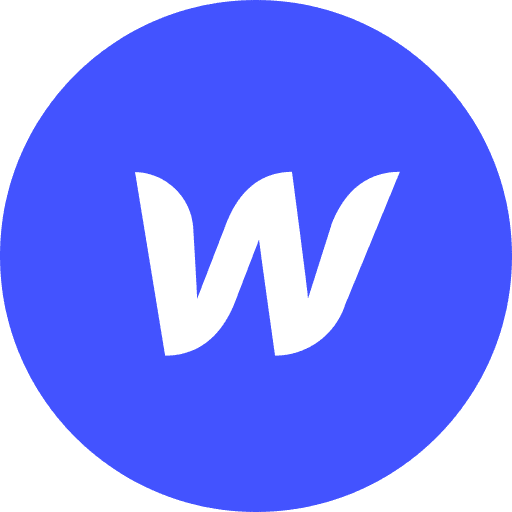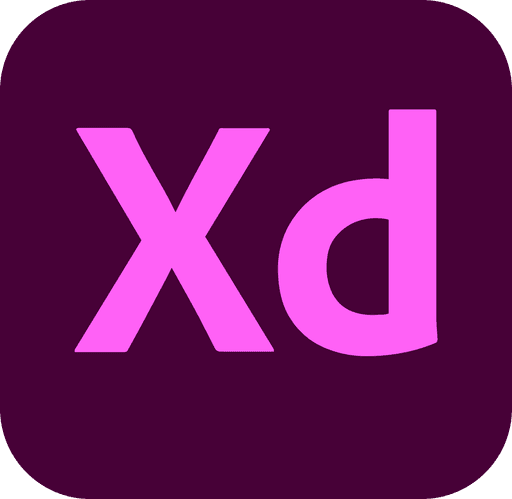Designing A CRM/Sales Tool for a Real Estate company
Design and development of a real estate CRM and sales tool to help agents manage listings, clients, tasks, and communications with ease. Agent Link was built to be intuitive, visually familiar, and powerful — supporting agents throughout their sales cycle with automation, smart organization, and an interface optimized for life on the go.
Birmingham, MI
2024
SaaS
100+
Challenge
Real estate professionals are overwhelmed by disjointed tools that don't reflect how agents actually work. Generic CRMs are bloated with unnecessary features or require time agents don’t have.
Key Issues Identified:
Poor visibility into active clients and tasks
Manual workflows eating up valuable time
Disconnected communication threads
High learning curves for basic usage
Goals
Centralize daily workflows into one intuitive interface
Create a visual system for client and task management
Support automation for follow-ups and reminders
Reflect real estate industry cues through design
2x
Faster Onboarding
85%
Increase In Organization
40%
Time Saved
Process
Research & Analysis: Spoke to 12 real estate professionals across agencies and independent practices.
Top Insights:
“I need to see what’s urgent the moment I log in.”
“It needs to be mobile-friendly — I live on my phone.”
“I want fewer clicks to get to a showing, email, or task.”
Information Architecture: We focused on an intuitive structure agents could grasp immediately:
Dashboard – Daily snapshot: new leads, upcoming showings, active deals
Listings – Add, edit, and track property status
Clients – Individual CRM records with timelines, documents, and touchpoints
Tasks – Personalized to-dos, follow-ups, and auto-generated reminders
Communication – Central inbox for texts, emails, and calls
Automation – Create workflows for lead nurturing and post-sale check-ins
Wireframing & Prototyping:Started with low-fidelity wireframes to map out key screens like Dashboard, Clients, Tasks, and Automation.
Focused on clear hierarchy, mobile ergonomics, and easy access to daily workflows.
Created mid-fidelity wireframes in Figma to refine layout, spacing, and navigation logic.
Developed interactive prototypes to simulate core flows like client follow-up and lead automation.
Conducted user testing with real estate agents to validate flow clarity and tap-friendly design.
Iterated based on feedback — improving task visibility, linking communication history, and refining mobile nav.
Usability Testing: Conducted with 6 real estate agents using a Figma prototype.
Key Tasks Tested:
Add a new listing
Assign follow-up task
Communicate with a client
Automate a post-visit email
Results:
100% completed tasks with minimal guidance
5/6 said the Dashboard gave them “instant clarity”
Users requested a mobile-first version — added to roadmap
Visual Design & Style Guide:
Primary Colors: Red and white were used as the foundation, evoking the classic real estate “For Sale” sign and giving the interface a bold, trustworthy feel.
Status Indicators: Muted tones of blue, green, yellow, and red were introduced to represent statuses like scheduled, active, pending, and at-risk — adding visual clarity without overwhelming the UI.
Typography: Black and gray font colors created strong contrast for readability, with a clear type hierarchy to support quick scanning and task prioritization.
Consistency: A unified component library ensured visual and interaction consistency across all screens — from cards to buttons and modals.
Accessibility: Color choices were tested for contrast to meet accessibility standards, especially for status badges and interactive elements.
Tone: The overall design language is clean, professional, and modern — appealing to agents who value both function and polish..
Conclusion
Agent Link was designed to meet the real, fast-paced needs of modern real estate agents — combining powerful CRM functionality with an interface that feels familiar, focused, and efficient. By grounding the experience in industry cues like the red-and-white “For Sale” aesthetic, and prioritizing clarity in every interaction, we delivered a product that agents could trust and adopt quickly.
Through careful user research, iterative wireframing, prototyping, and thoughtful visual design, we created a tool that streamlines daily tasks, centralizes communication, and supports growth — all without adding complexity. Agent Link proves that when design aligns with how users actually work, adoption follows naturally.










